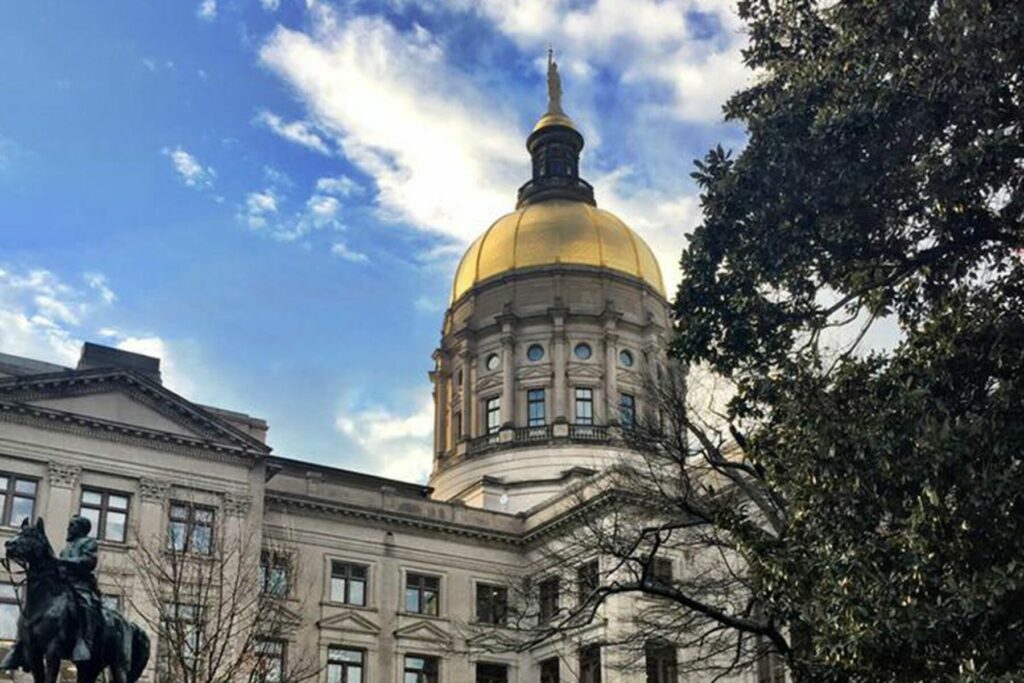
ATLANTA – The state Senate Appropriations Committee approved a $37.5 billion midyear budget Tuesday that includes $1,000 one-time pay supplements for Georgia teachers, state workers and University System of Georgia employees.
The spending plan, which the full Senate is expected to take up later this week, contains $5 billion in new spending, $2 billion of which would come out of an unprecedented $16 billion budget surplus.
Georgia’s public school teachers are making $65,000 to $69,000 a year on average, committee Chairman Blake Tillery, R-Vidalia, told committee members before Tuesday’s unanimous vote. That’s among the highest in the South.
But more than 29,000 of the 55,000 state employees earn less than $40,000 annually, he said.
Besides the pay supplements, the midyear budget also takes advantage of the healthy surplus by funding more than $1.1 billion in capital projects for the first time in memory with cash rather than bonds. Tillery said the pay-as-you-go approach will represent a huge savings for Georgia taxpayers.
“It will save our children and grandchildren millions and is a smart move given our current economy, he said.
The capital projects list includes $450 million for a new state prison in Washington County, $178 million for a new dental school at Georgia Southern University’s Armstrong campus in Savannah, and $50 million for a new medical school at the University of Georgia in Athens. Gov. Brian Kemp recommended all three projects in the midyear budget he presented to the General Assembly last month.
The Senate committee allocated $40 million to renovate the Atlanta Farmers Market in Forest Park, less than the $50 million the governor requested but more than the $35 million in the version of the midyear budget already passed by the state House of Representatives.
Among the items the Senate added is $3.1 million to design a new medical examiner’s office in Macon.
The committee signed off on the House’s recommendation for $110,000 to add visible watermarks to paper ballots but only gave tentative approval to $5 million for new paper ballots that no longer rely on QR codes. The latter item will have to be worked out by negotiators appointed to the joint House-Senate conference committee that will craft the final version of the midyear budget.
While the capital projects funded with cash in the midyear budget are usually found in the “big” budget for the full fiscal year, the midyear spending plan typically includes the annual adjustment to the state’s K-12 per-pupil funding formula to account for enrollment growth. In this case, the Senate committee added $100.7 million to the formula.
